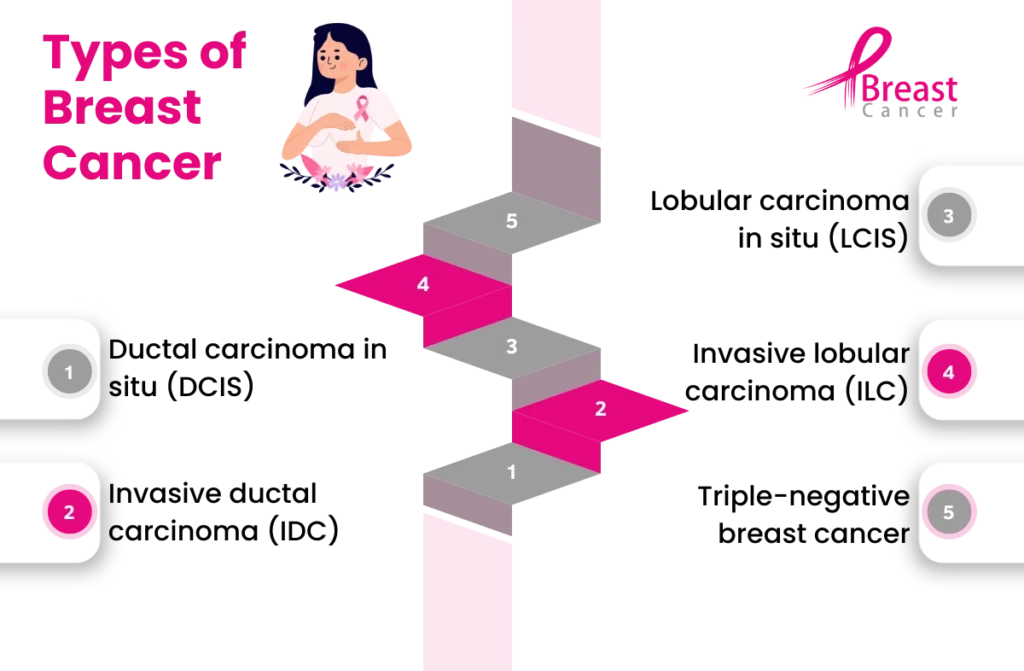The breast cancer survival rate in India has seen improvements due to early detection and advanced treatments. The survival rate depends on factors like the stage of detection, access to healthcare, and awareness initiatives. With continuous efforts in breast cancer awareness campaigns, more women are getting screened earlier, which is crucial for survival.
What is Breast Cancer?
Breast cancer originates in the cells of the breast tissue and can affect both men and women, although it predominantly occurs in women. Symptoms may include a lump in the breast, changes in breast shape or size, and skin changes. Early detection through screening and prompt treatment are crucial for better outcomes.

Current Status of Breast Cancer in India
Prevalence of Breast Cancer
Breast cancer is the most common cancer affecting women in India, with an increasing number of cases reported each year. According to recent statistics, the incidence rate of breast cancer in urban areas is significantly higher compared to rural regions. This disparity is attributed to various factors including lifestyle changes, reproductive factors, and genetic predispositions.
Breast Cancer Mortality Rate in India
The breast cancer mortality rate in India remains a pressing concern. Despite advancements in medical treatments, the mortality rate is relatively high due to late-stage diagnoses and lack of access to quality healthcare. The mortality rate reflects the number of deaths per 100,000 women and varies widely across different regions of the country. Despite progress, the breast cancer mortality rate in India remains a concern, especially in rural areas with limited access to healthcare. Increased public health campaigns are vital to improve these outcomes.
Minimum Age for Breast Cancer in India
The minimum age for breast cancer in India has dropped over the years, with cases being reported in younger women. It highlights the importance of promoting awareness and screening across all age groups, not just older women.
Factors Influencing Breast Cancer Survival Rate in India
- Early Detection and Screening: One of the most crucial factors affecting the breast cancer survival rate in India is early detection. Regular screening and mammograms can significantly improve survival rates by identifying cancer at an early, more treatable stage. However, awareness and access to screening facilities are often limited, especially in rural areas.
- Quality of Treatment: The quality of treatment available also plays a significant role in determining the breast cancer survival rate in India. Access to advanced medical treatments, surgical interventions, and post-operative care can greatly enhance survival outcomes. Unfortunately, there is a significant disparity in the quality of healthcare services between urban and rural areas.
- Socioeconomic Factors: Socioeconomic status is another critical factor influencing breast cancer survival rates in India. Women from lower socioeconomic backgrounds often face barriers to accessing timely and appropriate medical care. These barriers include financial constraints, lack of health insurance, and limited awareness about breast cancer.
- Genetic and Biological Factors: Genetic predispositions and biological characteristics of the tumor also impact the breast cancer survival rate in India. Certain genetic mutations, such as BRCA1 and BRCA2, are associated with a higher risk of breast cancer and can affect treatment outcomes. Additionally, the biological aggressiveness of the tumor influences the response to treatment and overall survival.
Efforts to Improve Survival Rates
Awareness Campaigns
Awareness campaigns play a vital role in improving the breast cancer survival rate in India. These campaigns aim to educate women about the importance of regular screenings, self-examinations, and early detection. Increased awareness can lead to earlier diagnoses and better treatment outcomes.
Advancements in Medical Technology
Advancements in medical technology have significantly contributed to improving the breast cancer survival rate in India. Innovations in diagnostic techniques, surgical procedures, and targeted therapies have enhanced the effectiveness of treatments. These advancements offer new hope to patients and improve their chances of recovery.
Government Initiatives
The Indian government has implemented various initiatives to address breast cancer and improve survival rates. These initiatives include the establishment of cancer screening programs, subsidized treatments, and awareness campaigns. Government support is crucial in providing accessible and affordable healthcare services to all sections of society.
Role of Non-Governmental Organizations
Non-governmental organizations (NGOs) also play a significant role in improving the breast cancer survival rate in India. NGOs work towards raising awareness, providing financial support for treatment, and facilitating access to medical care for underprivileged women. Their efforts complement government initiatives and contribute to better survival outcomes.
Several Factors Contribute to the Relatively Low Survival Rate of Breast Cancer in India
- Late Diagnosis: Many cases are diagnosed at advanced stages, reducing treatment options and effectiveness.
- Lack of Awareness: Limited awareness about breast cancer symptoms and screening leads to delayed diagnosis.
- Limited Access to Healthcare: Rural areas often lack adequate healthcare facilities and trained professionals for early detection and treatment.
- Stigma: Sociocultural factors may deter women from seeking timely medical help or discussing symptoms openly.
- Financial Constraints: High treatment costs and inadequate insurance coverage prevent timely access to quality care for many women.
- Genetic Factors: Some genetic mutations prevalent among certain ethnic groups in India may increase breast cancer risk and affect treatment outcomes.
Addressing these challenges requires efforts to improve awareness, expand healthcare infrastructure, enhance early detection programs, and make treatment more accessible and affordable across all socioeconomic levels.
Challenges and Future Prospects
- Addressing Disparities in Healthcare Access: One of the major challenges in improving the breast cancer survival rate in India is addressing disparities in healthcare access. Ensuring that women in rural and remote areas have access to quality screening, diagnosis, and treatment facilities is essential. Telemedicine and mobile health units can help bridge this gap and provide timely medical care.
- Enhancing Research and Development: Investing in research and development is crucial for improving India’s breast cancer survival rate. Continued research on the genetic, environmental, and lifestyle factors contributing to breast cancer can lead to more effective prevention and treatment strategies. Additionally, clinical trials and studies on new therapies can provide better options for patients.
- Strengthening Healthcare Infrastructure: Strengthening healthcare infrastructure is vital for improving breast cancer outcomes. This includes building more cancer care centers, equipping hospitals with advanced diagnostic and treatment facilities, and training healthcare professionals in oncology. A robust healthcare infrastructure can ensure that patients receive timely and effective care.
- Promoting a Healthy Lifestyle: Promoting a healthy lifestyle is an important aspect of breast cancer prevention and improving survival rates. Encouraging women to adopt healthier habits, such as regular exercise, a balanced diet, and avoiding tobacco and alcohol, can reduce the risk of breast cancer. Public health initiatives focused on lifestyle modifications can positively impact overall cancer outcomes.
Conclusion
The breast cancer survival rate in India is influenced by a multitude of factors, including early detection, quality of treatment, socioeconomic status, and genetic predispositions. Efforts to improve survival rates must focus on raising awareness, advancing medical technology, and addressing disparities in healthcare access. With continued progress and collaboration among government bodies, NGOs, and healthcare providers, there is hope for better outcomes and increased survival rates for breast cancer patients in India.




